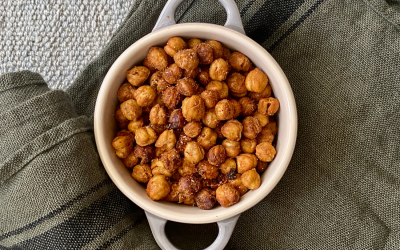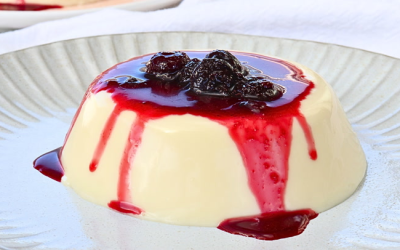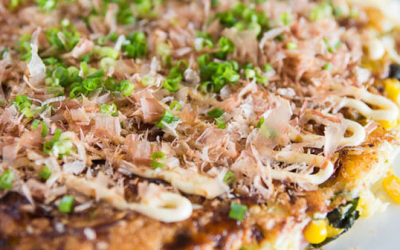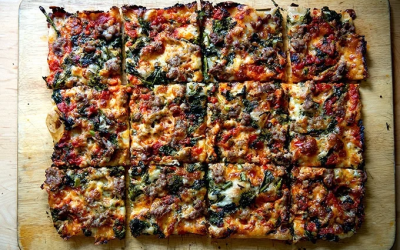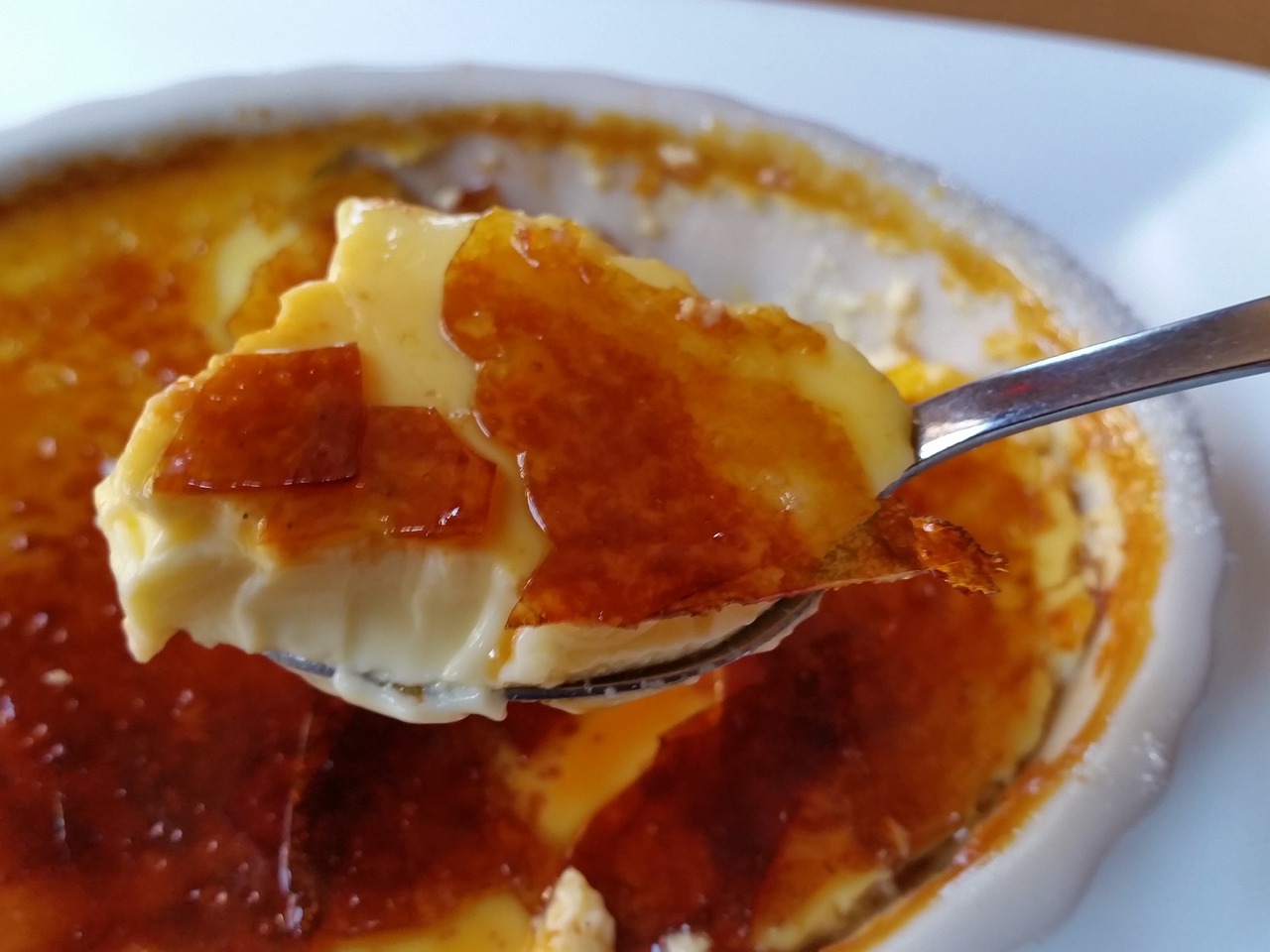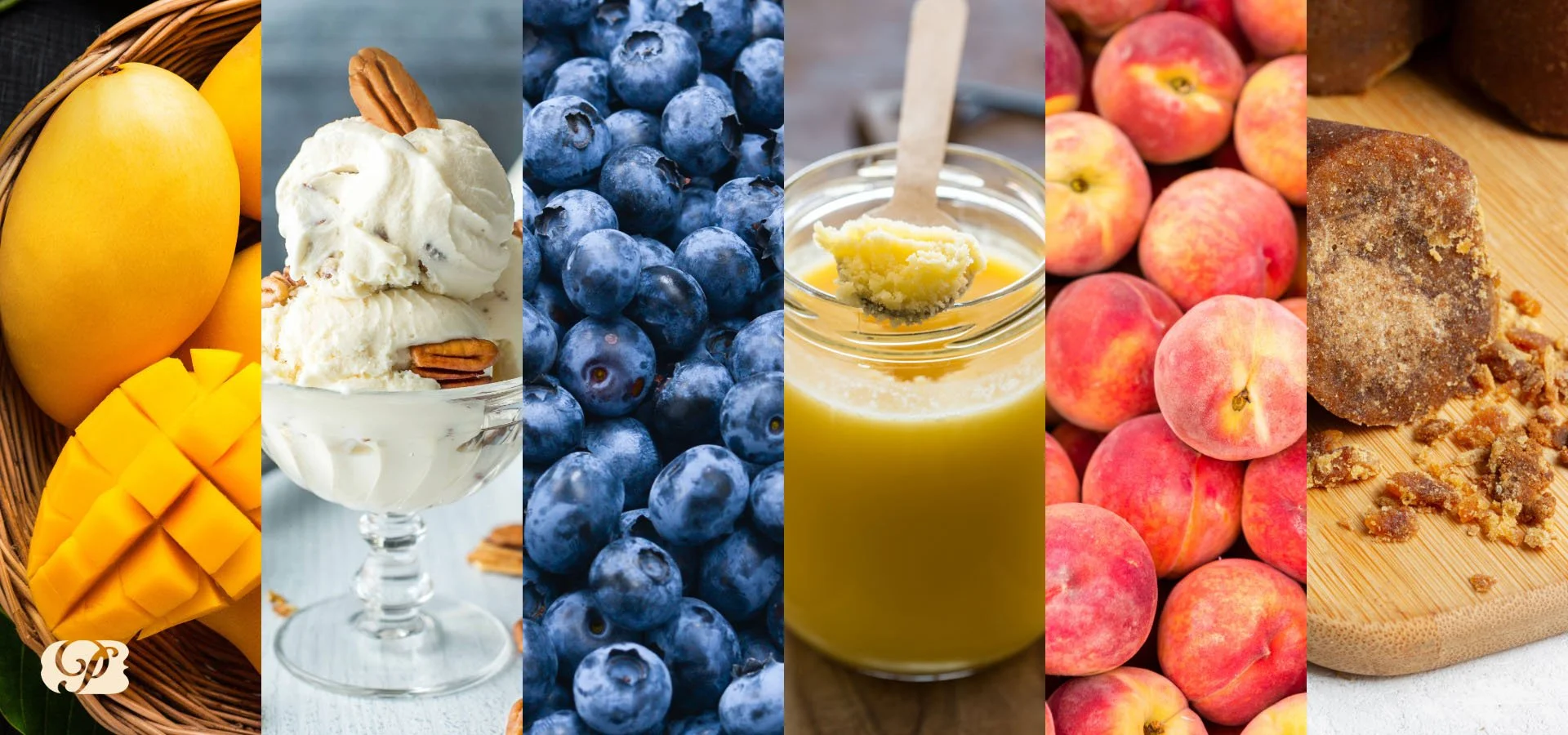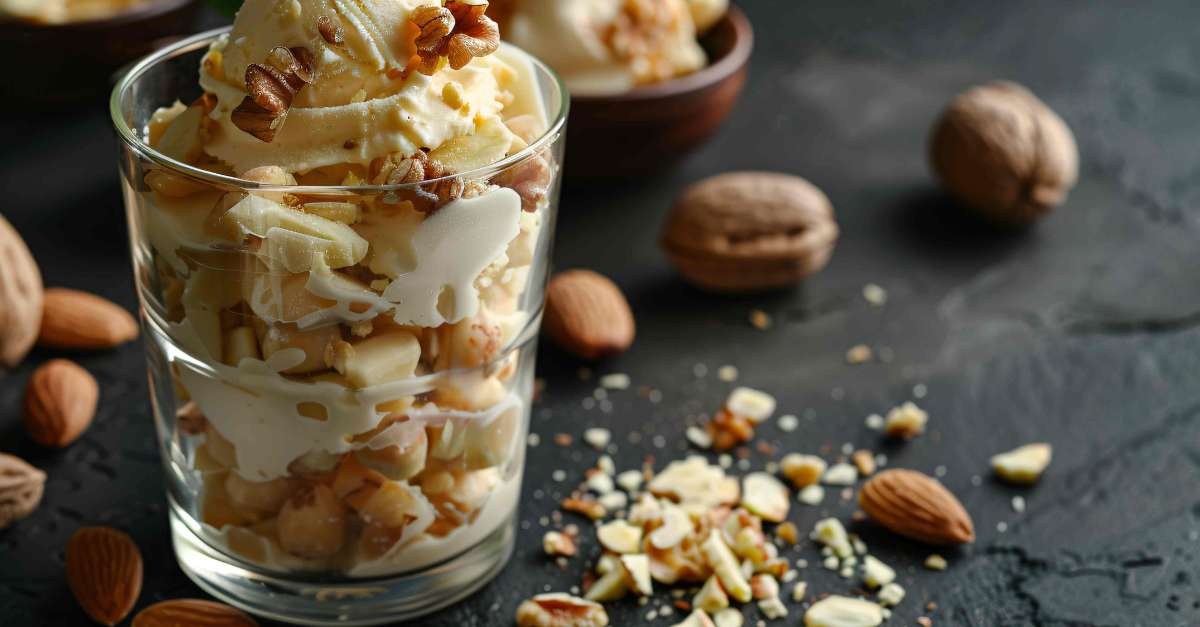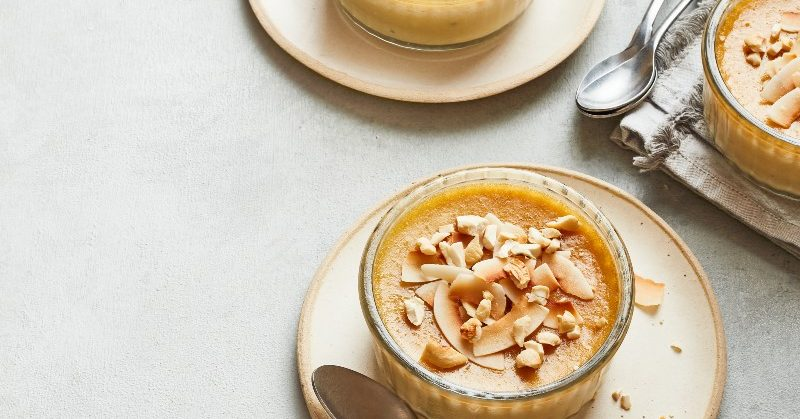Crème brûlée is more than just a fancy dessert—it’s a scientific marvel of texture and temperature. This French classic, with its creamy custard base and crisp caramelized sugar top, represents the perfect balance between art and chemistry. To master crème brûlée, one must understand the importance of low, slow baking and the delicate interaction between egg yolks, cream, and sugar. Overcooking can cause curdling, while undercooking leaves a soupy center. Precision is key, and that’s why top pastry chefs use water baths (bain-marie) to ensure even heat distribution during baking.
What makes crème brûlée especially captivating is its contrasting textures. The custard is rich and silky, while the top layer—torched just before serving—offers a satisfying crack with each spoon tap. This duality is not accidental; it’s the result of controlled caramelization, where sugar is heated just enough to brown without burning. The torching process is brief yet critical—it transforms the dessert from ordinary to indulgent. Using the right sugar (preferably superfine) ensures an even melt and crisp finish.
Crème brûlée continues to charm dessert lovers worldwide, not just for its flavor but for its elegance and precision. With roots tracing back to 17th-century France and adaptations across global cuisines, this dessert is a testament to how science and passion blend beautifully in the culinary world. Whether served traditionally or infused with modern twists like lavender or matcha, crème brûlée remains a timeless symbol of refined indulgence.


